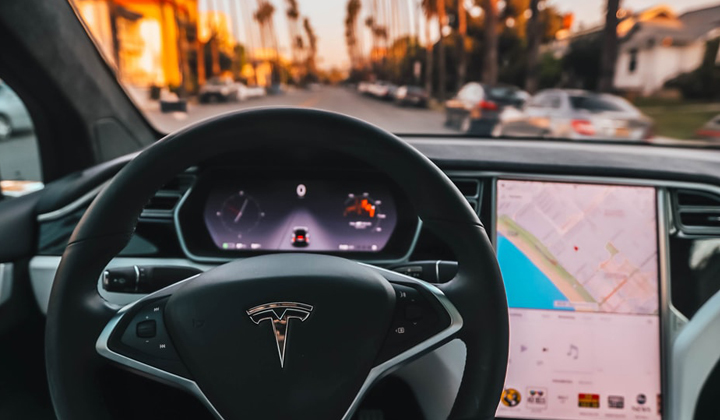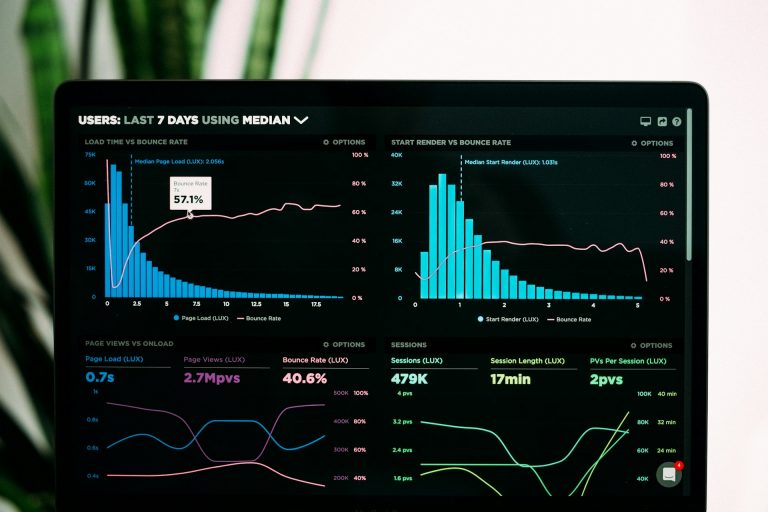There are several technologies that have already begun shaping the automotive industry and they will continue doing this at a faster rate in the next decade. Estimates show that by 2030, the number of connected cars will increase up to 700 million, while 90 million autonomous vehicles will be joining the traffic.
Furthermore, 250 million hybrid and electric units will be on the roads, while over 600 million users will subscribe to various mobility apps and services. As one can only imagine, this also means that companies will have to reassess everything and align their operations according to these emerging dynamics and market shifts.
Both products and services will need to be redesigned, while the overall approach will have to be one of value creation for the end-user.
Of course, there are also those users who would rather ride a motorcycle, and websites such as https://youngchoppers.com/9-best-motorcycle-hitch-carriers-reviewed-compared/ offer numerous detailed articles on the newest accessories and gadgets for them. However, these changes that we are talking about have an impact on the entire transportation industry.
Services grow
There are many signs that already show how new downstream business models ensure higher operating margins and these are going to take over their traditional counterparts. The more interesting part is that they are going to account for a large part of the revenue generated in the automotive industry, especially since concepts such as ride-sharing are gaining popularity today.
The notion of e-hailing and mobility as a service will continue to develop, and companies such as Uber and Lyft seem to be only the beginning of such services. There’s a chance that in the next decade this part of the business is going to value as much as €1 trillion, as people are going to look for alternative ways of getting around crowded cities.
Another part of the industry that will continue to develop consists of after-sales services, especially since the demand for parts is going to increase as well. Digital services, such as multimedia and navigation, are going to remain strongly connected to our cars, especially since they offer an increasing number of benefits.
What all of these streams of revenue will lead to is a push for the automotive industry to develop its value-creation model and go more toward the customer than ever before. The good news is that we are going to benefit from this.
The less than good news for the companies is that they will need to adapt to a heavily data-centric model which means that their R&D priorities and investments will need to realign to this trend. While this is definitely not something terrible, it does bring some challenges for the next years.
How can companies reduce costs?
Change is almost always associated with increased costs, especially when it comes to companies and important industries. However, one way that these could offset some of the associated costs would be by using a platform-based approach and partnerships. Given that every company will want something different in terms of volumes and business models, there are four main steps that each one could follow.
The first step would be to identify and then prioritize a map that brings together connected services and autonomous driving. Then the vehicles’ electronics will need to be adapted in order to enable what is known as bi-directional interoperability, which also means that updates are going to be available.
The third step will need to consist of finding the right ecosystem partners in order to enable the necessary service delivery model, and then, as a final step, identifying regional and wide data management strategies in order to centralize customer data which is going to be crucial for any future business model.









